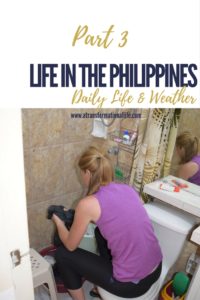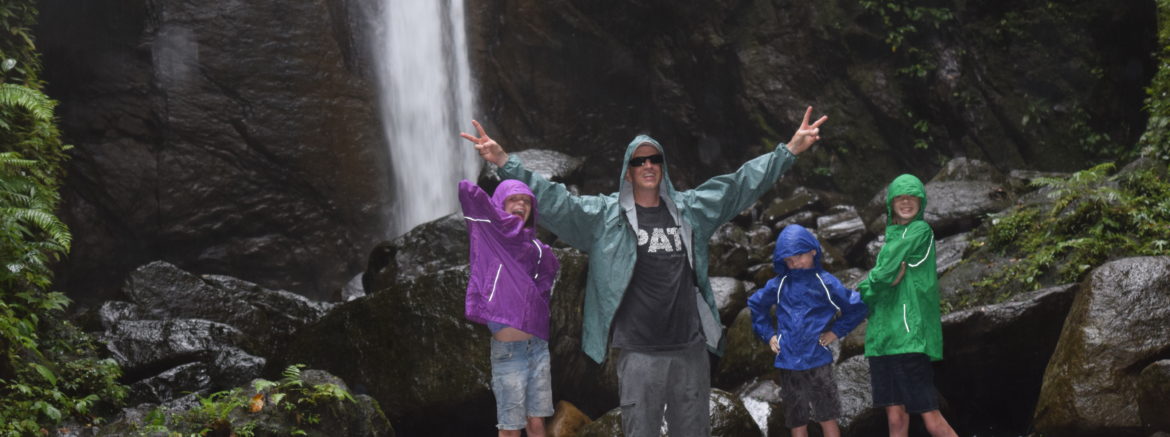,Filipinos are some of the hardest workers I have met. A lot of time and effort is spent to earn money for the days food and other necessities. Music is a big part of entertainment, specifically karaoke. Luxuries that we previously enjoyed in America, such as a washing machine and dryer, are not common here. Keeping house takes a lot of work and time as well, even though the dwellings are small. The weather is very reminiscent of Hawaii in heat and humidity. Our six weeks in the Philippines provided us with lots of eye opening experiences in the ways of life in this beautiful country.
WORK
Filipinos have various forms of work to keep rice in the family’s bellies. Rice, corn, coconut, banana, sugar cane, papaya, mango, and other various crops found in the Philippines employ many people. Fisherman are kept busy in the early hours each morning bringing in the days catch. Once they have the fish it is taken to the public market where a family member then sells the catch. Tricycle, jeep, taxi, and pedi-cab drivers employ thousands in the country. Most people do not own cars so this public transportation is used heavily.
Malls, ports, security guards, supermarkets, schools, government offices, and airlines employ the majority of the rest of the workers. It is hard for a lot of people to find jobs in the smaller areas. Either their age makes them not desirable for hire or they do not have the skills required for the job. A lot of Filipinos are hired for contract work. Once the contract is done they have to find more work. It is a hard way to earn a consistent living. The sari sari stores that many homes have provide some amount of money, but not a lot.
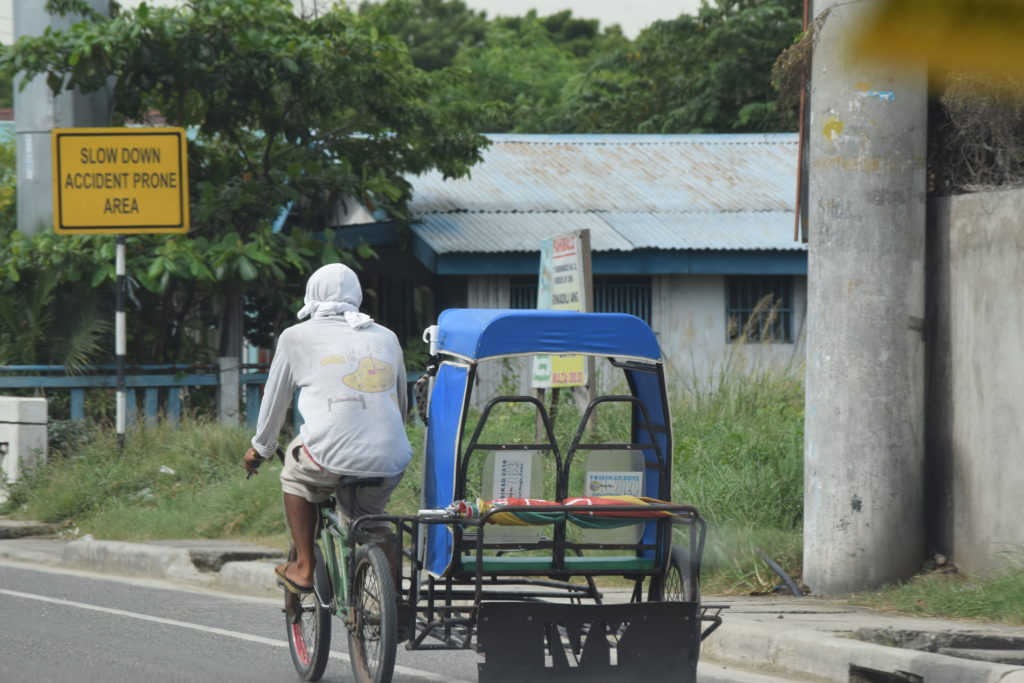
SCHOOL
Elementary through University school is available in the Philippines. All school goers wear uniforms. It is fun to see the different uniforms each school requires. The girls all wear blouses with long skirts, black mary janes and white socks. The skirts are usually bright colors in pinks, blues, greens, plaids, and reds. Blouses are typically white, but not always. Boys wear the same color pants or shorts as the girls, but khaki if the girls skirts are pink. They also wear closed toe shoes to school. The school day begins at 7:30am and they do not return home until 5:00pm. Lunch is either brought from home and consists of rice, meat, and maybe fruit. Small food stands are also set up outside each of the schools for children to buy treats and meals from during lunch and a snack on the way home from school. The teachers also have uniforms they wear to school. Each day of the week is a different uniform.
In the smaller villages where people do not have a lot of money the children might not be able to go to school if they don’t have paper or pencil to write with. They won’t go back to school until they are able to get the supplies they need. We only visited these areas and did not get a good idea of how often this occurs, as I was hoping we would. Children play volleyball, badminton, futbol, basketball, and run for fun during recess.
CHORES
Laundry is done by hand by most Filipinos. Both husband and wife share in the responsibility; it is fun to see the man outside washing the clothes. Clothes hang on lines to dry. This chore is done daily by most. We washed clothes by hand a few times, but quickly realized we are not good at it. The soap is harsh on my hands and they peel for a few days afterwards. The clothes feel like they have a soap film on them even after they dried. We found a place that would do our laundry for us in a washer and dryer. That worked out so much better for us. They even folded our clothes. They price per kilo of clothes, it is around Php25/kilo. We had about a weeks worth of clothes around 6 kilos and paid less than $3USD to have our clothes washed. Totally worth it. We did have one bad experience where our clothes came back smelling like mildew, that was gross. I don’t know how we could have known that would happen.
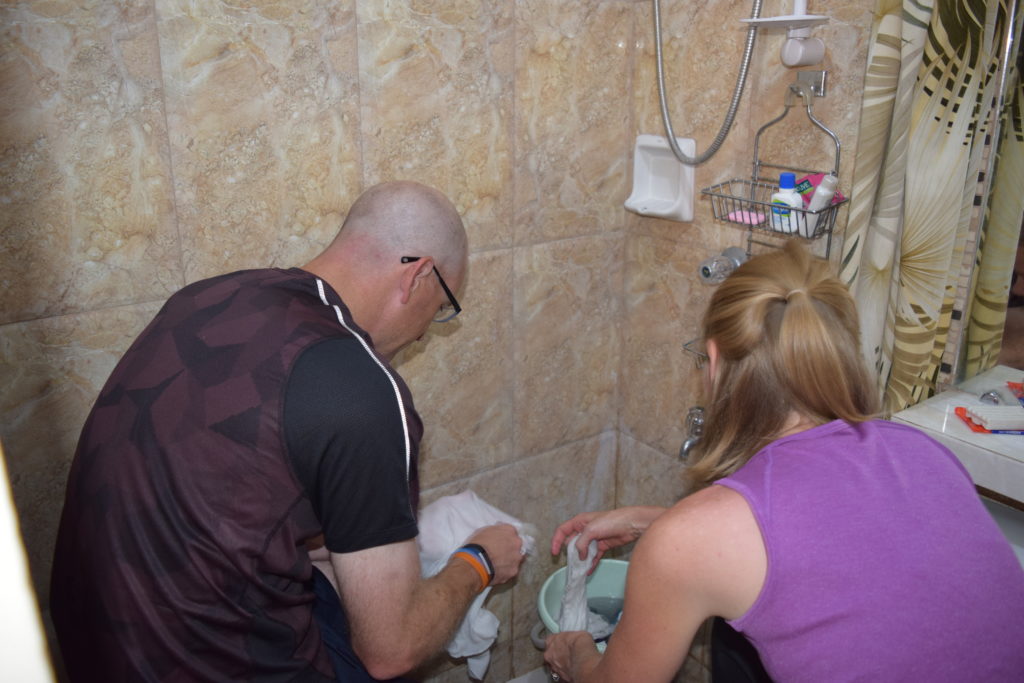
It is really impressive to watch the Filipinos wash clothes by hand. They scrub the clothes so clean, get lots of soapy suds, and the whites are really white. Our washing bin did not look sudsy like theirs. We don’t scrub the clothes like they do either. I am afraid the clothes will wear out too quickly and we only have a weeks worth of clothes. They need to last. Their arms seem to be able to handle the scrubbing motion while we are exhausted after just a short time.
Sweeping is a daily ritual, even for those who have dirt floors and walkways. They take care to sweep away leaves, make the floors and walks look smooth, and clean up the outside of storefronts. Dry sticks bundled together are common brooms. Another type of broom has soft bristles that fan out.
Shopping for food is done while the children are in school from either a roadside stand or public market in the rural areas and in a Hypermart or other supermarket in the cities. I very rarely saw children shopping with the moms or dads. Preparing food to cook can take a long time. Rice needs to be cooked for every meal, vegetables and meat need to be prepped for eating, and the dishes are all washed by hand. We bleach our utensils, dishes, knives and cutting boards at least once a week and each time we had meat. It takes a long time to accomplish the eating aspect of living.
Cleaning the kitchen and bathroom floors that have tile is done by filling a bucket with water and pouring it on the ground, there are drains in the floor, and then mop it up. The hardest part of this is that the mop takes a really long time to dry out because of the humidity.
An interesting fact and observation that we made while there is that the children never do any work. The parents and grandparents do the household work. I imagine the children are taught at some point how to do these tasks, but children are either at school all day or playing in the streets and canals.
WEATHER
The Philippines is incredibly humid and hot every day of every year. There is not much variation in the temperature at any point. There are two seasons, they say, rainy and not rainy. We experienced rainy season when we were there. We saw everything from light rain and sprinkles to torrential downpours with thunder and lightening. Each time we went out we made sure our rain jackets were with us. They saved us several times when we got caught in a rain. One time we did not have our rain jackets and found refuge under a house awning. The house had a sari sari so we purchased some biscuits and soda while we waited out the storm. That is when we tried our first Maxx candy as well.
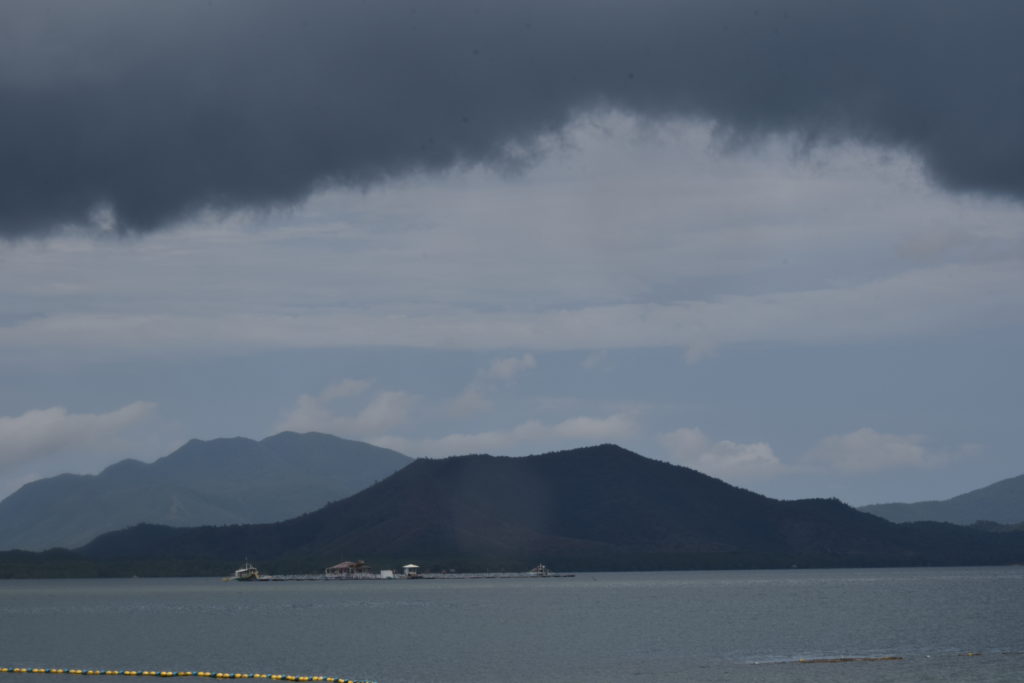
One location, Cebu, was hotter than all the rest. It was scorching hot while we were there. Bohol island was also extremely warm. As we moved more south and west, the temperature seemed to cool down a bit or we got used to the temperature.
While visiting Palawan we experienced rain every day and “brown outs” every couple of days. We came prepared with our headlamps that helped us see in the dark. The sun sets around 5:30pm making it dark very early in the evening. The sun rises very early as well, around 5:30am. The Filipinos are early to bed and early to rise people. By the time we got moving in the day, they had already been up for three hours.
The rain and wind can cause a lot of problems with the electricity going out as well as the heat when the circuits are overloaded. We experienced a lot of brown outs while we were there. They weren’t bothersome in any way; it was part of the adventure.
The weather is perfect for swimming and the ocean is warm to swim in as well. Coming from the Pacific Ocean side of the world it was so awesome to jump right in the water and swim around without getting cold. When we had access to a pool. the children only cared about swimming. It really was a treat to swim and cool off.
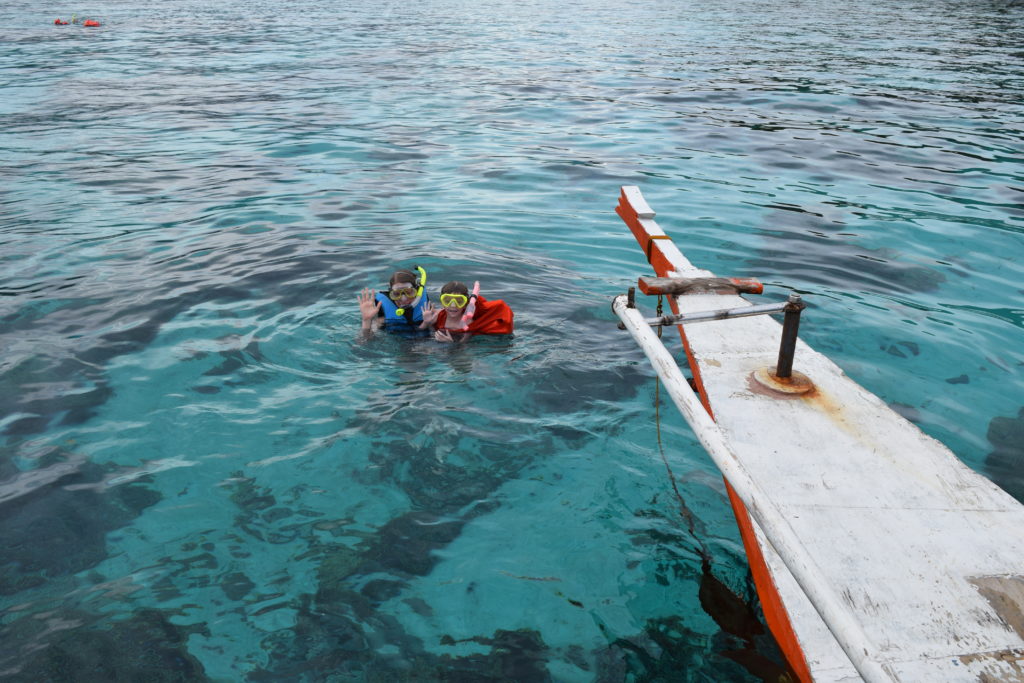
Taking a look back at everything we learned and experienced has been transformation for each one of us. We are closer together as a family because of our time in the Philippines. Being there, for me, has made me love others more. The people are kind, caring, giving, and generous people. Filipinos love their culture and want their country to have a good reputation. It is because of the intense culture shock and trials we faced while in the Philippines that we enjoy it.
If you are looking for a uniquely exotic experience the Philippines is the place to come. It has been fun to relive our memories from the Philippines while writing this three part series. If you missed the first two you can read them HERE and HERE.
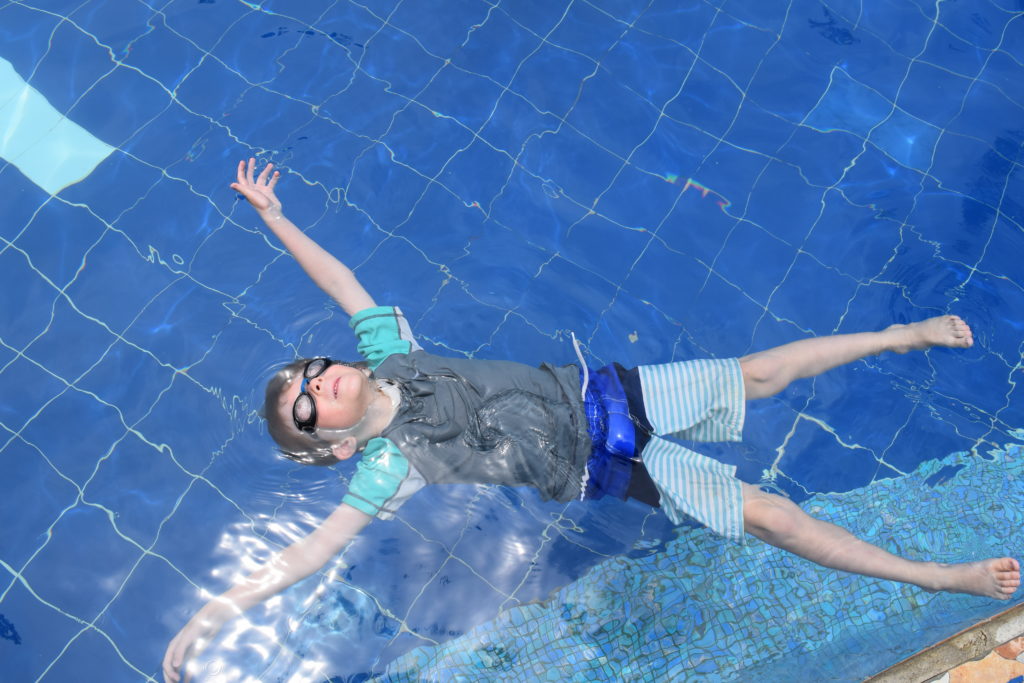
We would love to hear if the Philippines has made your travel wish list after reading about the country. Leave your comments below!
Adventure on!
